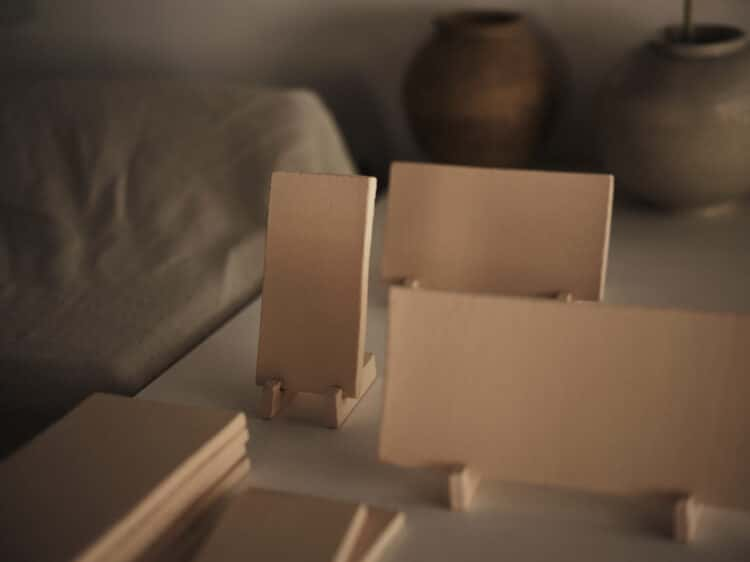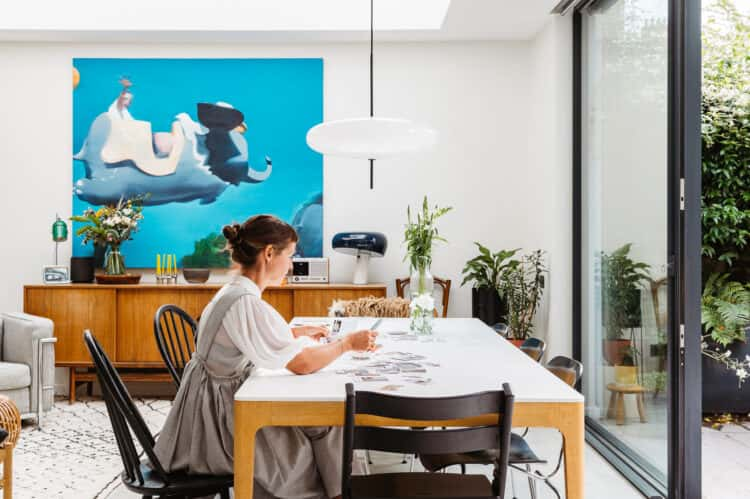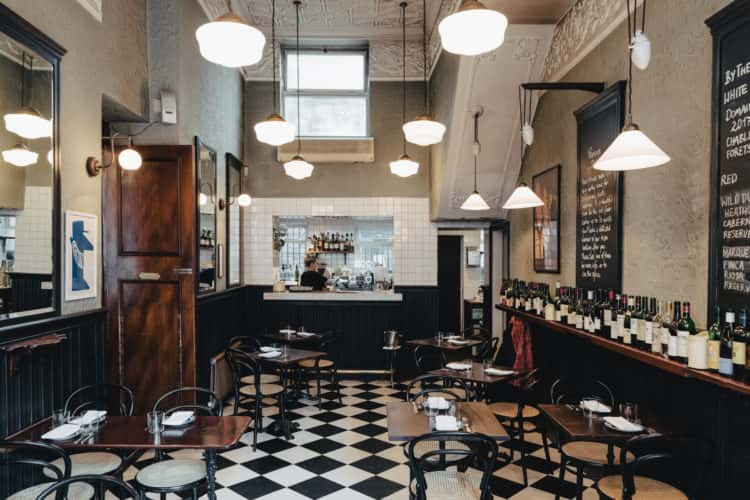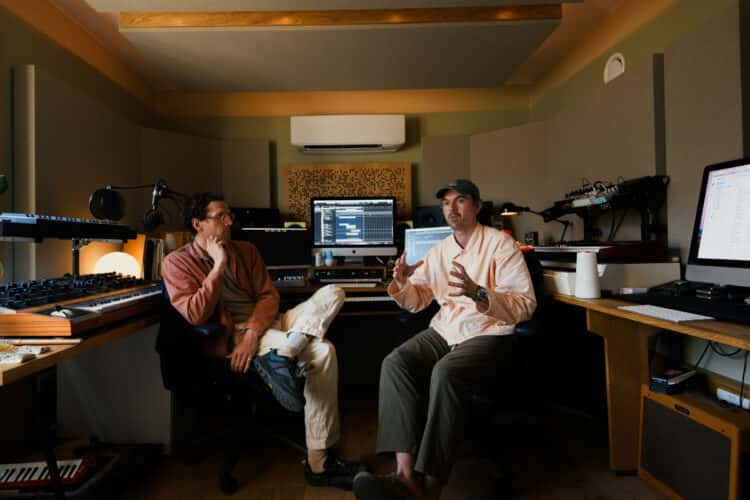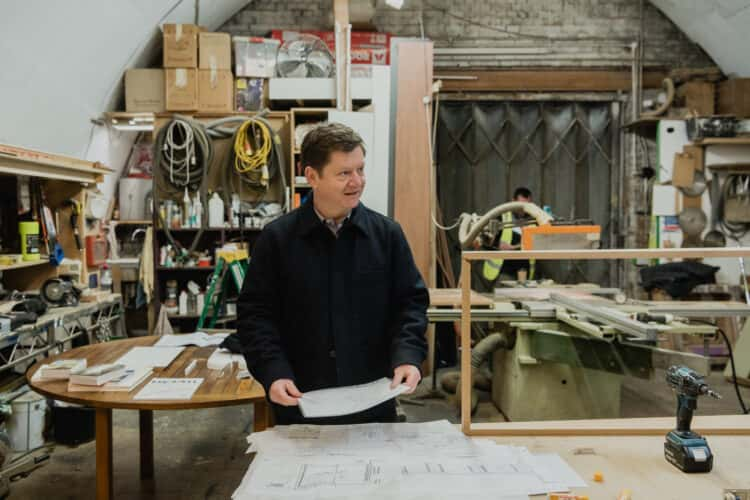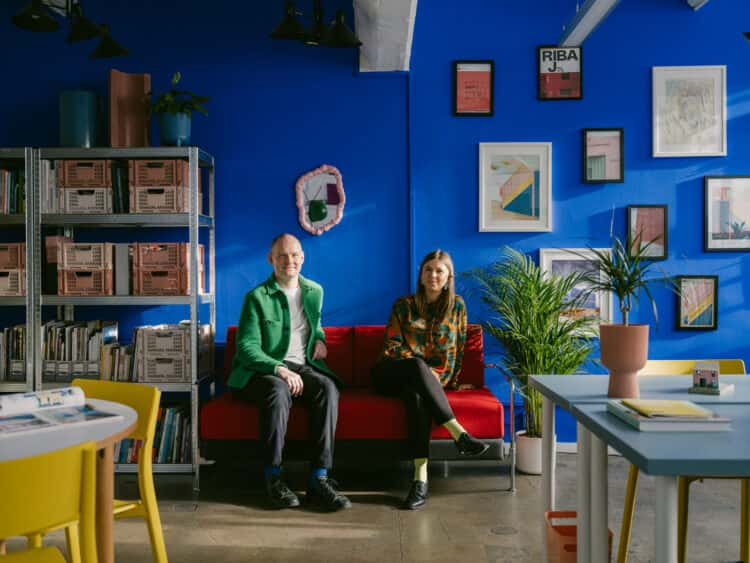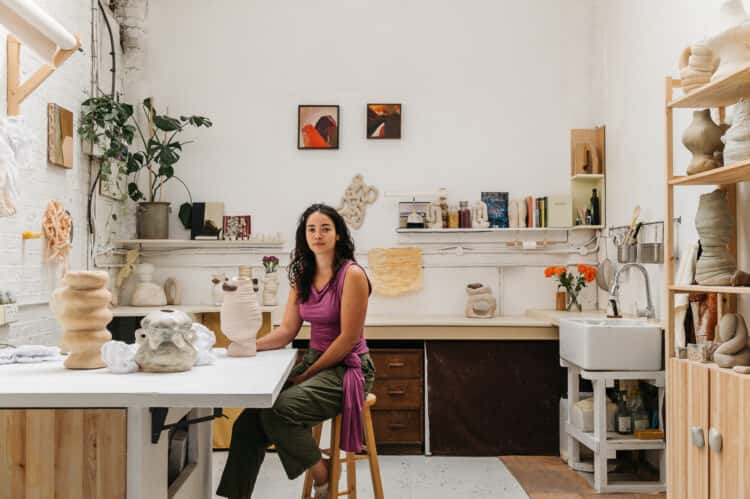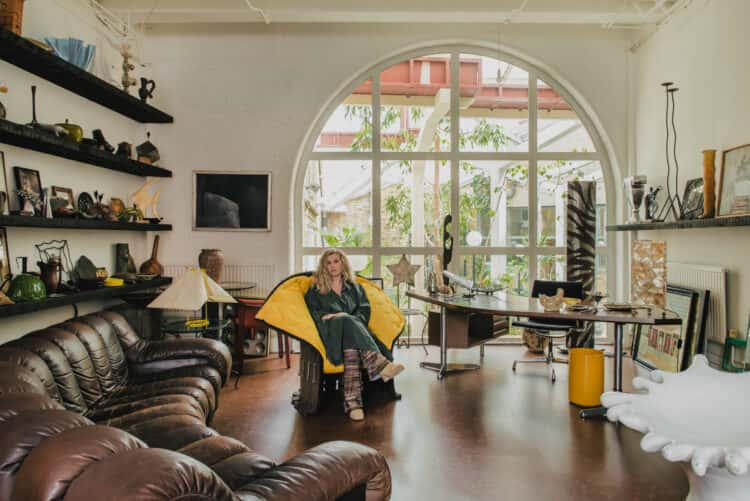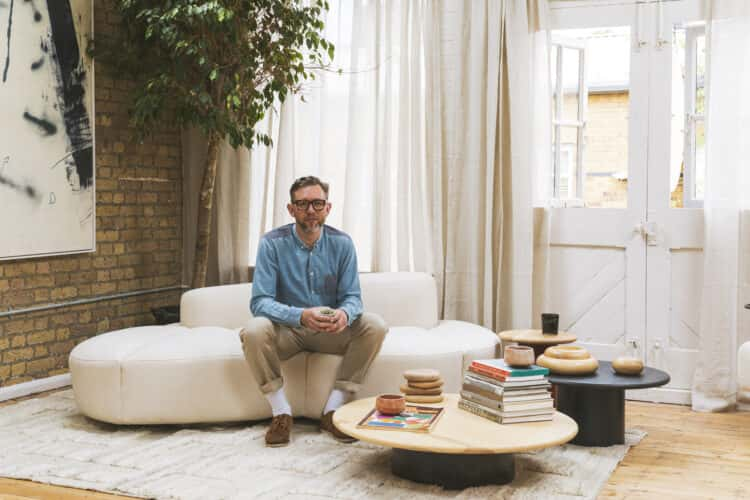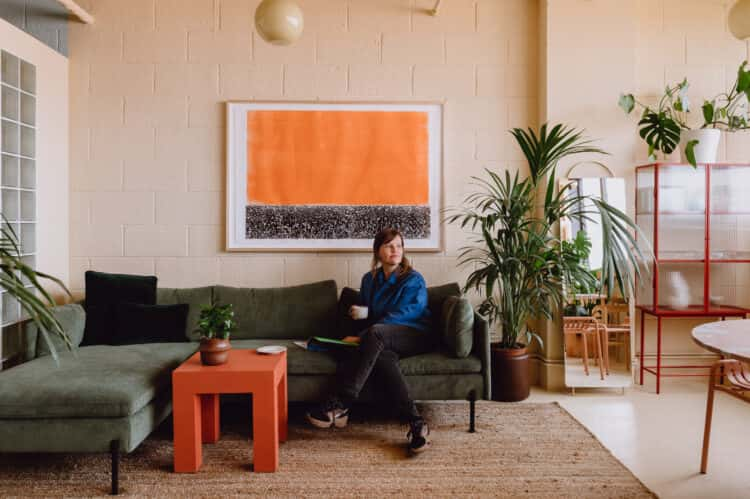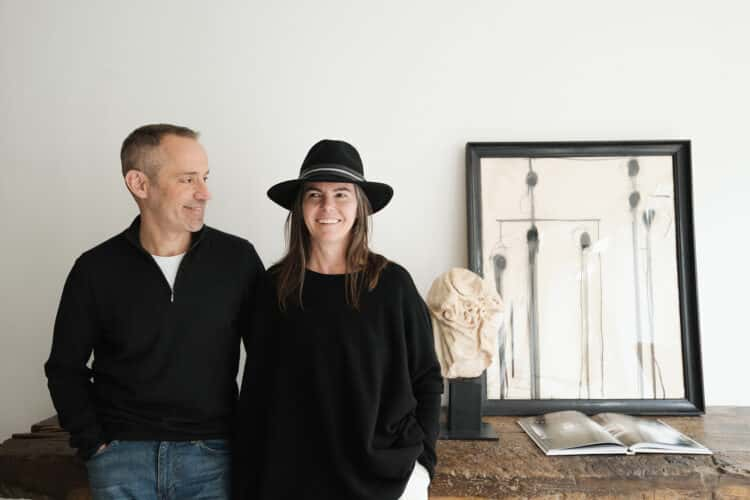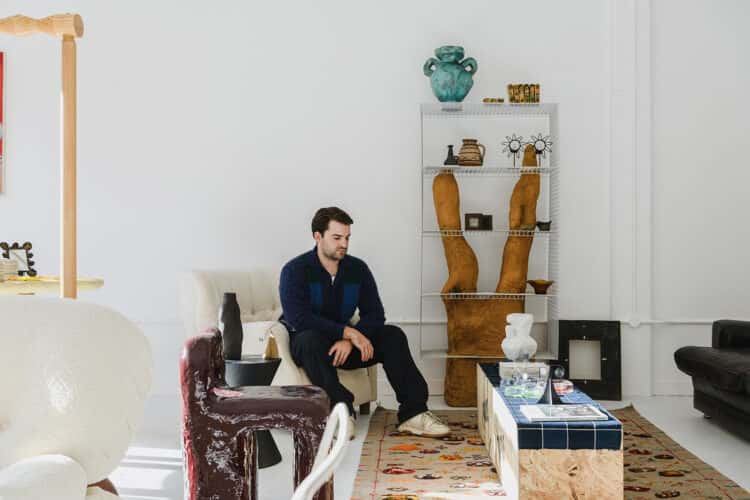Nancy Kwon is transforming earthy materials into elegant vessels from her garden studio in Los Angeles
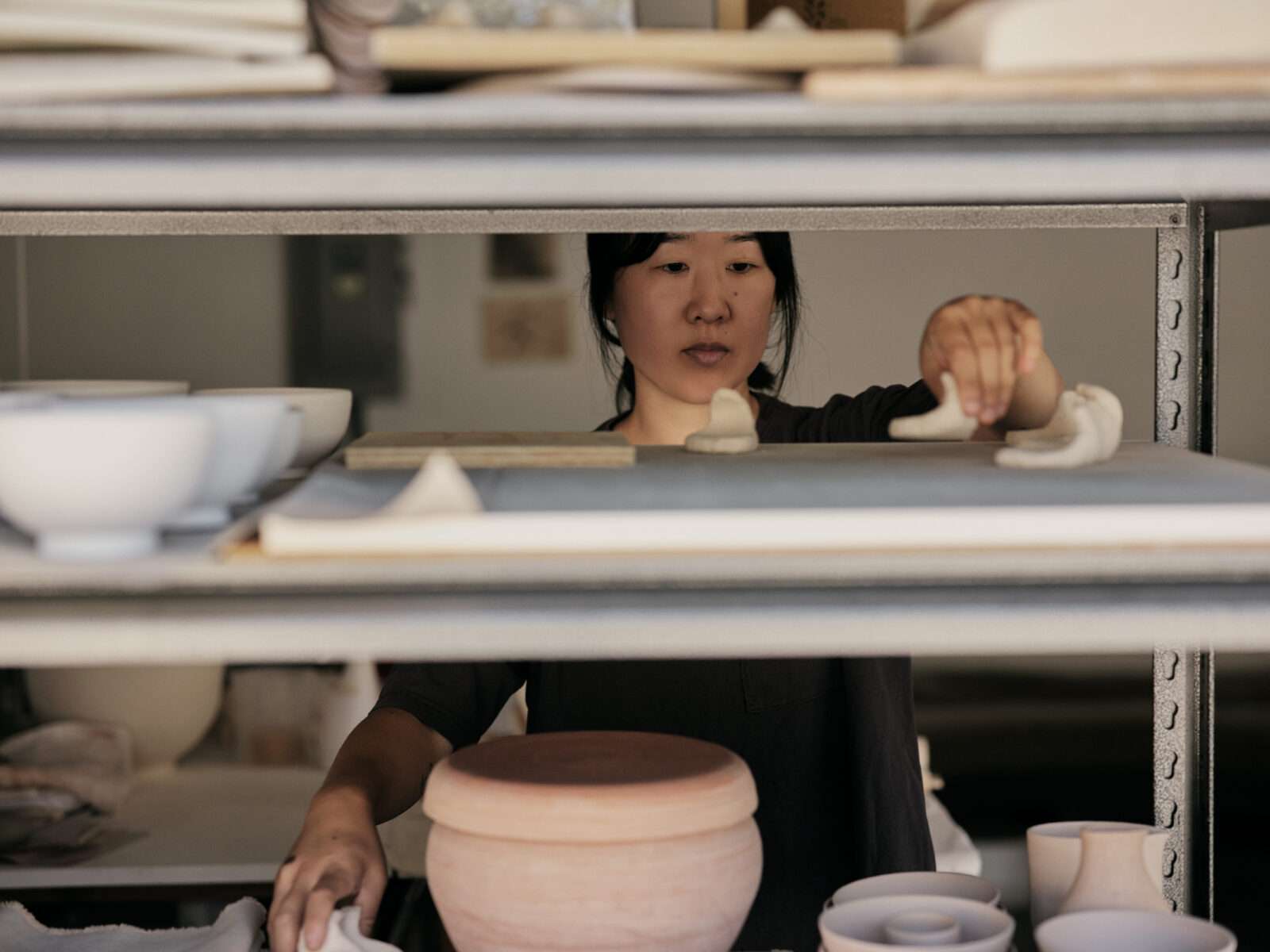
Kwon has been exploring this connection since 2014, creating sculptural objects and timeless vessels that are rooted in tradition and ritual. Right now, however, her work is currently on display at The Cold Press, as part of our first exhibition, with photographer Rich Stapleton, running until 22 October. Titled Drawing Room, the show is an exploration of the elemental components of home. Rich, a friend of Nancy’s, invited her to create a series of original works in response to the gallery itself, an 18th-century former house in Spitalfields, east London. To coincide with Drawing Room, we catch up with Nancy – shot by Rich in her studio in Los Angeles – about the craft of her art and how she responded to the project’s brief. To experience a virtual walkthrough of the exhibition, click here and can shop the coinciding book too.
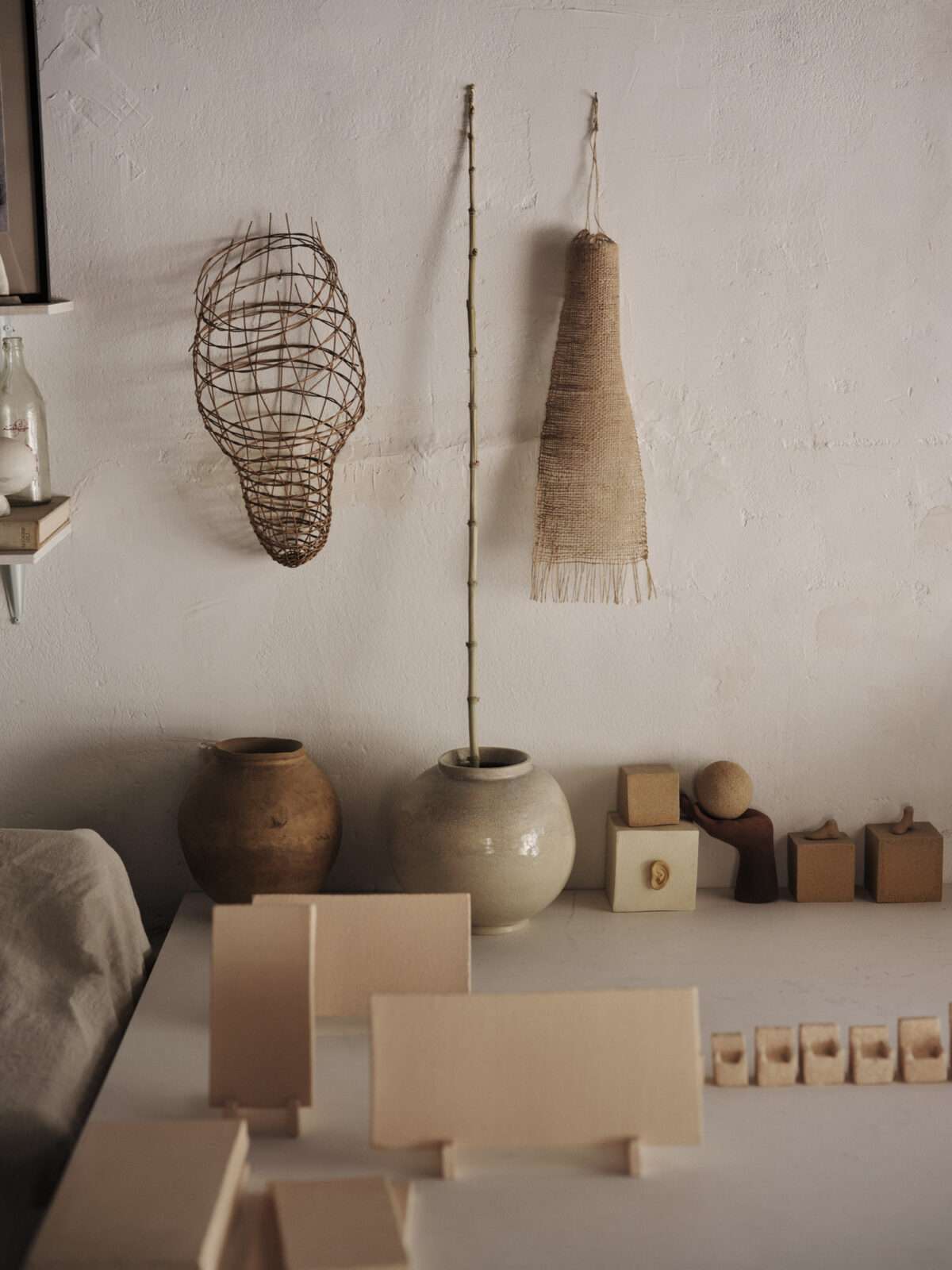
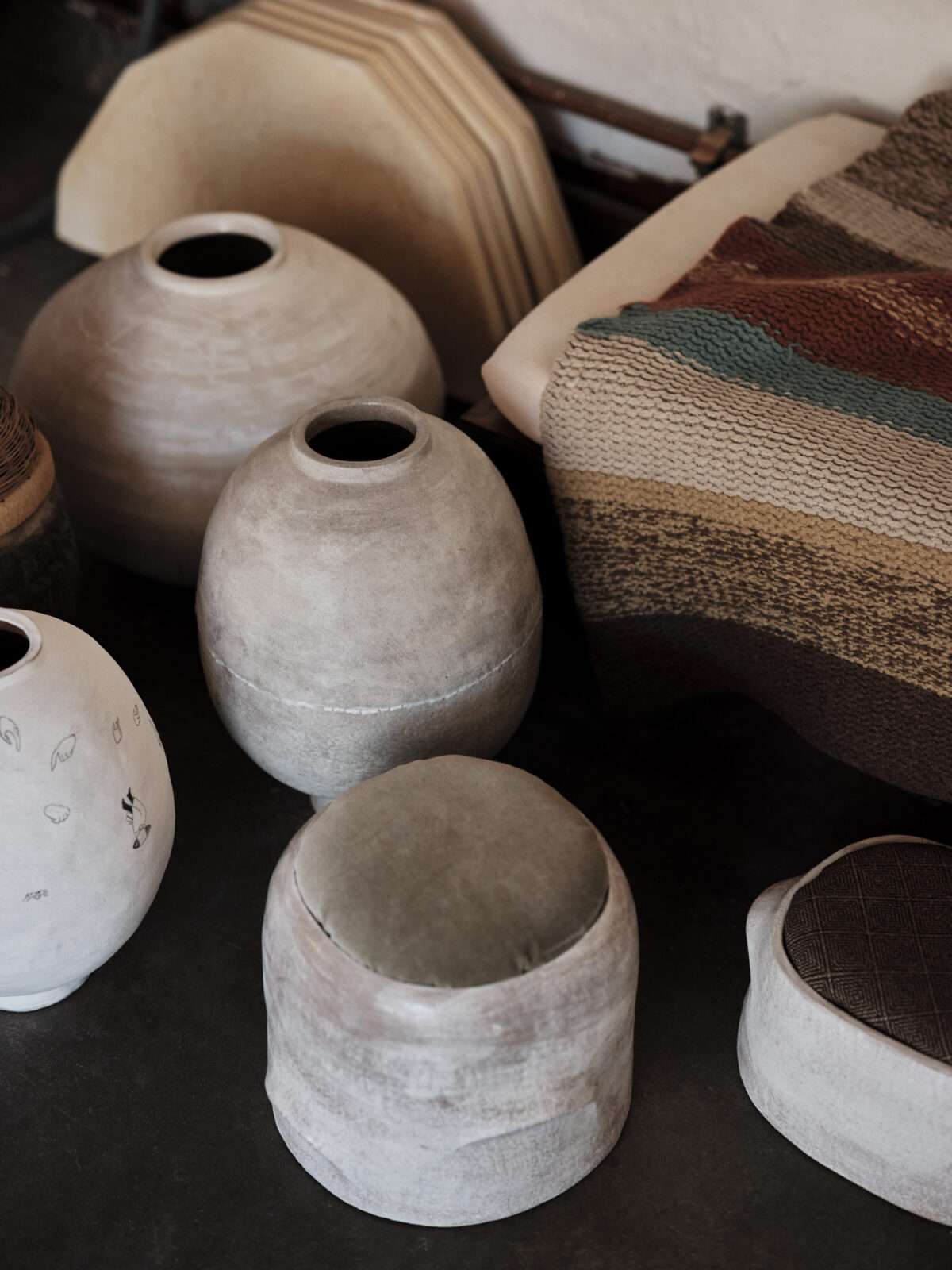
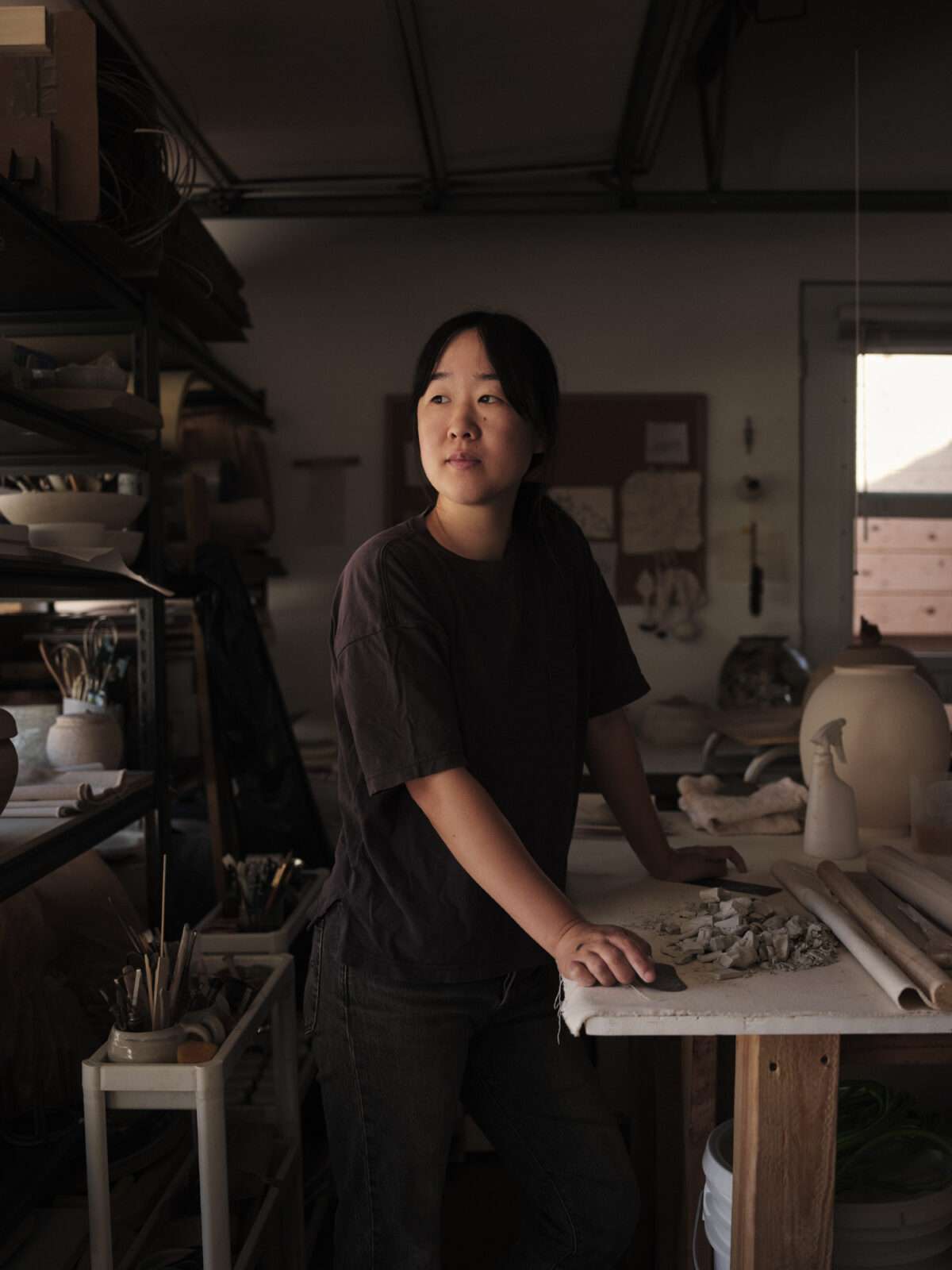

Nancy Kwon: “As a child I had a fascination with observing my environment and creating things in response to it. My family really encouraged that part of me, which I think gave me the freedom and space to continue making things and experimenting with different materials and practices.
“I studied film at the Pratt Institute in New York before gradually becoming interested in other digital media. I went on to work for the artist Jenny Holzer for a number of years. During that time, while researching cuneiform tablets, I discovered a real interest in historic artefacts – specifically those made from clay.
“I started to create work in a small community workshop, before moving on to Sculpture Space. Joining that studio really helped me grow as an artist. I learned so much about the craft and clay itself that I consider many of the people I met there as mentors. It felt so refreshing to be part of that community. The experience influenced my decision to continue working in clay.
“I work primarily with clay that has quite a lot of grog in it. It has a granular quality, which gives me greater freedom when making certain forms, because it holds its shape and doesn’t crack easily. I also incorporate other materials in my work, such as glass, fibres or textiles. Often, my work is unglazed, but when I do glaze, I use recipes that have been passed on to me by friends and mentors.
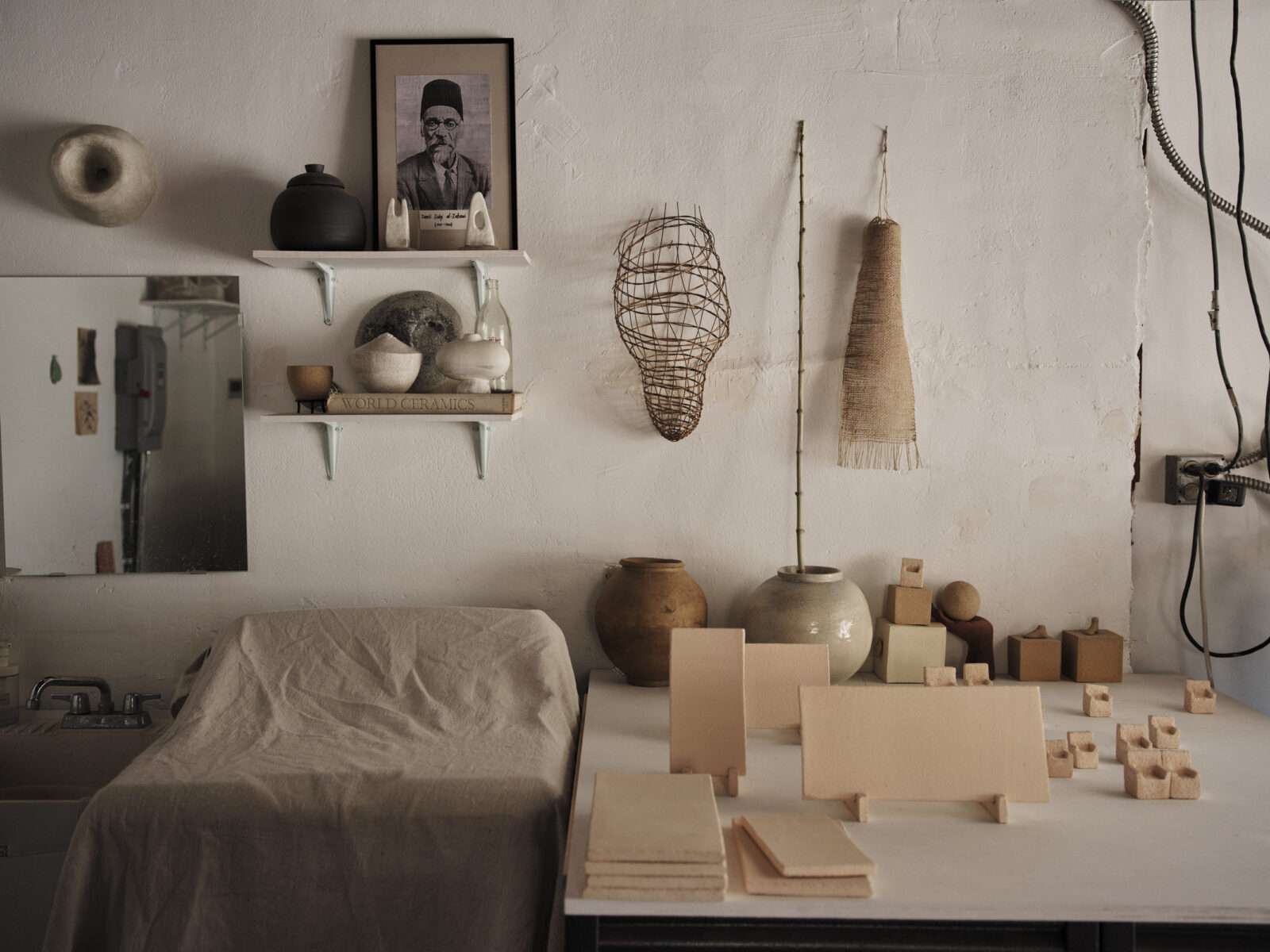
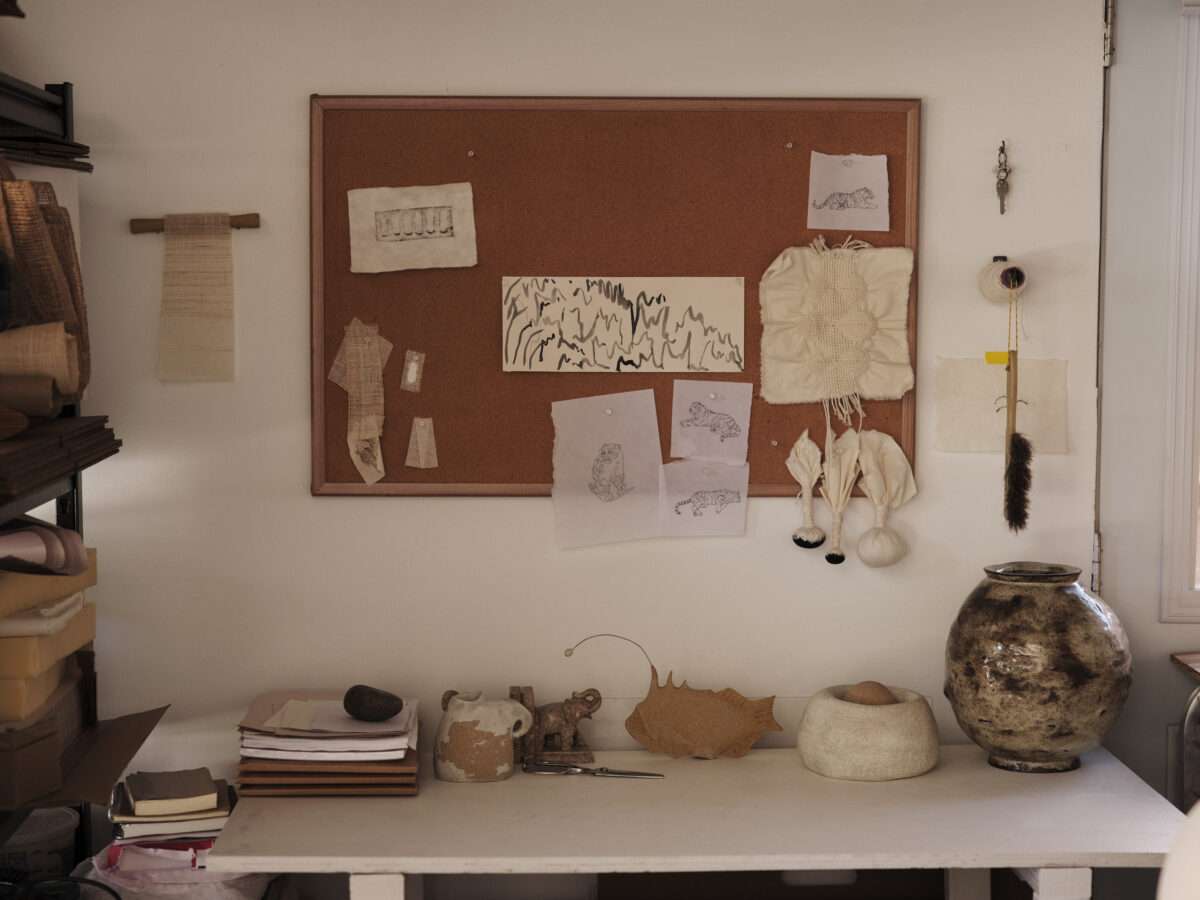
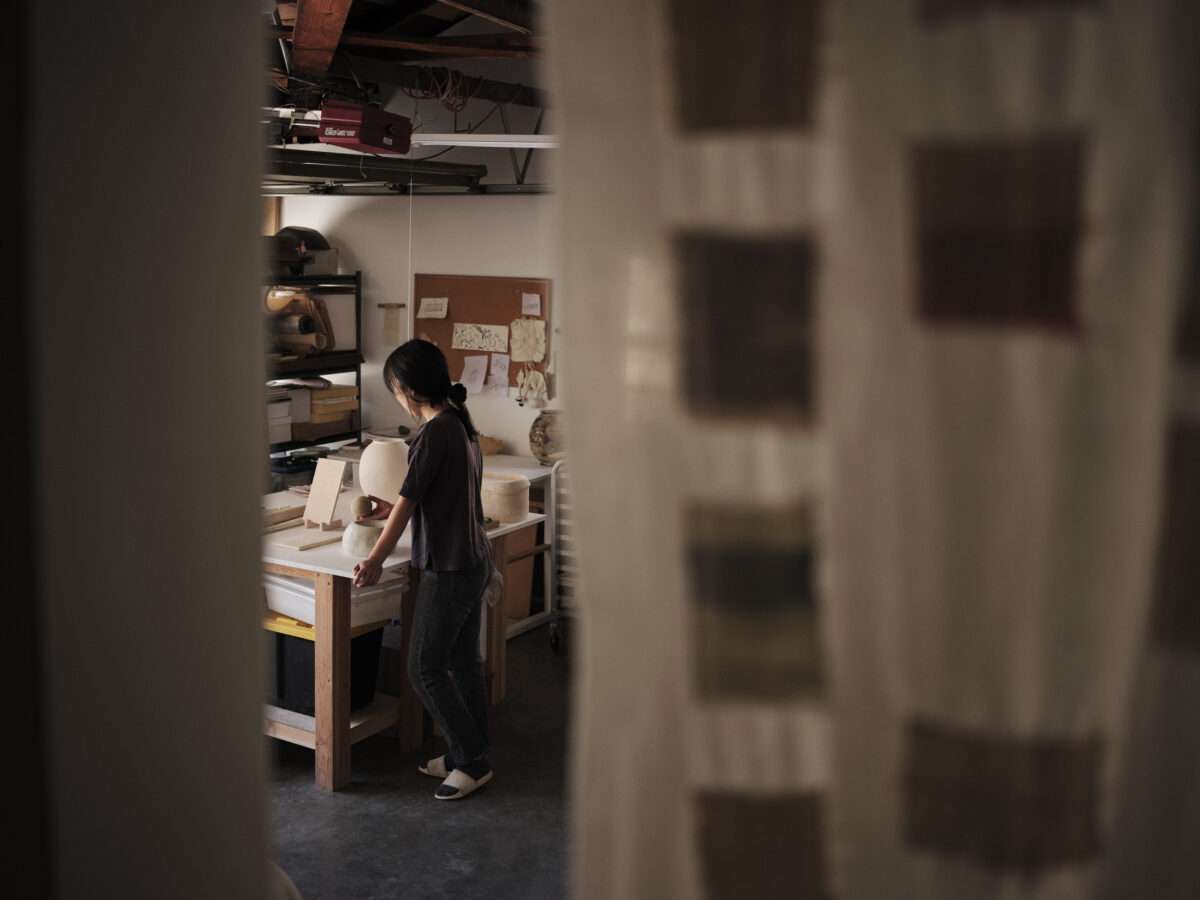
“Most days, I’m up pretty early. I walk the dogs around the neighbourhood, which is an important part of my routine because it wakes me up. Then I’ll make coffee and start work. Sometimes I’ll just get straight to making, but on occasion I find it helpful to begin sketching. These drawings won’t necessarily be models of what I’m going to make – often drawing simply provides a good starting point.
“It’s important for me as an artist to be excited about what I’m creating. If I’ve been in the studio for too long or I’m feeling stuck, I’ll stop making and pursue something else that sparks my interest. I’ll watch a movie or I’ll read, for instance – then I’ll deep dive into the subject of the film or book. I love giving myself time to research because it often leads me to interesting places.
“When I’m making I’m very in tune with myself. I don’t over intellectualise the process, I just follow what feels right. I think of my creative process as a stream of consciousness; it’s instinctive and I don’t really know how to verbalise it – it just feels good! Only after I finish the work am I able to piece together what it is and where it came from.
“There are times when I struggle to find that happy place, but once I’m there, I keep going in whatever direction it takes me, because that’s when I make the work I’m most pleased with.
“Rich Stapleton and his partner, Rosa Park, the founder of Francis Gallery in Bath, have supported and encouraged my work for some years. Early on, I exhibited at Blue Mountain School in Shoreditch. Rosa and Rich covered the opening of the school in their magazine, Cereal. Then, a little over a year ago, Rosa asked if she could represent my work at her gallery; we’ve worked together ever since.
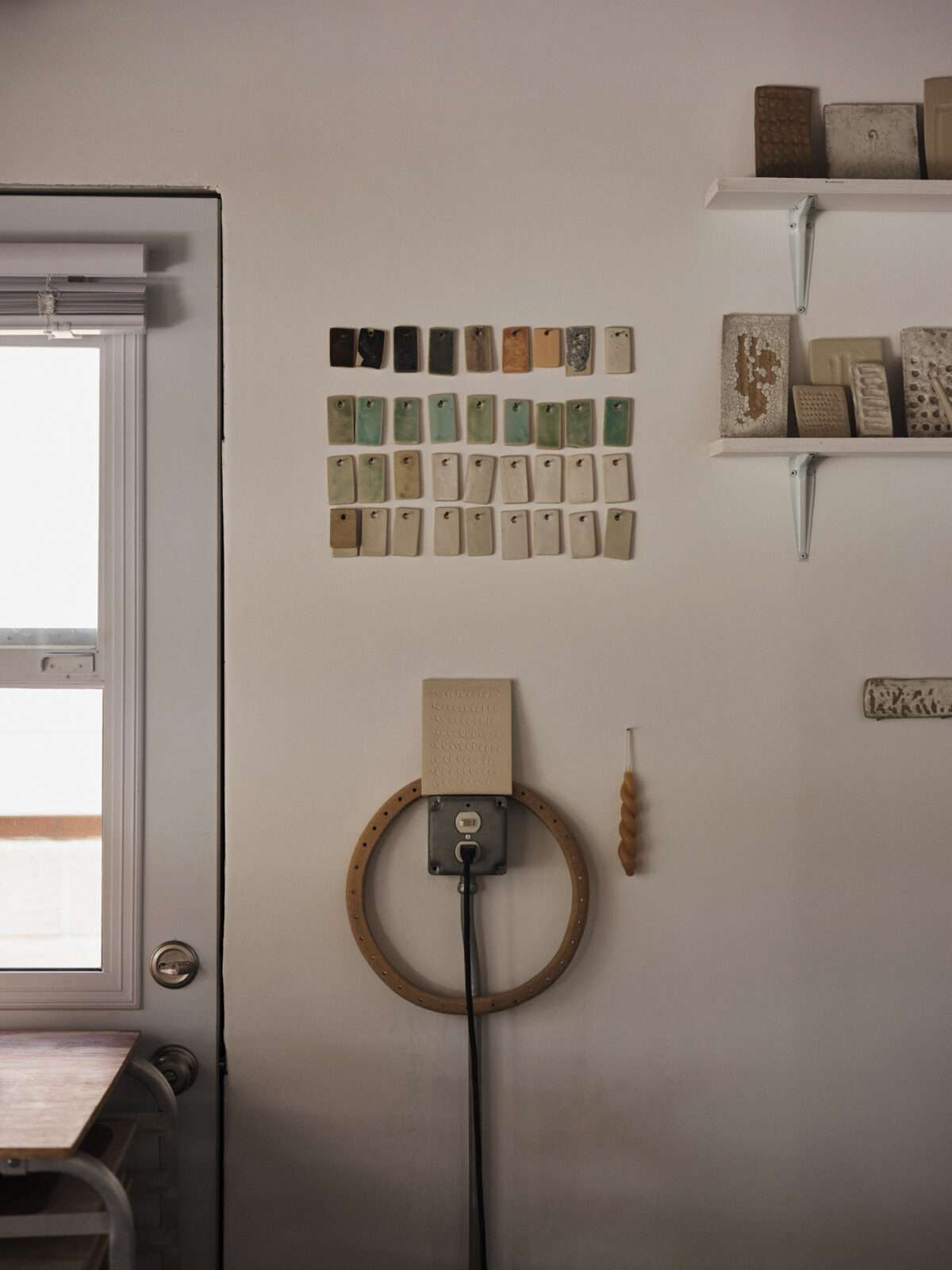
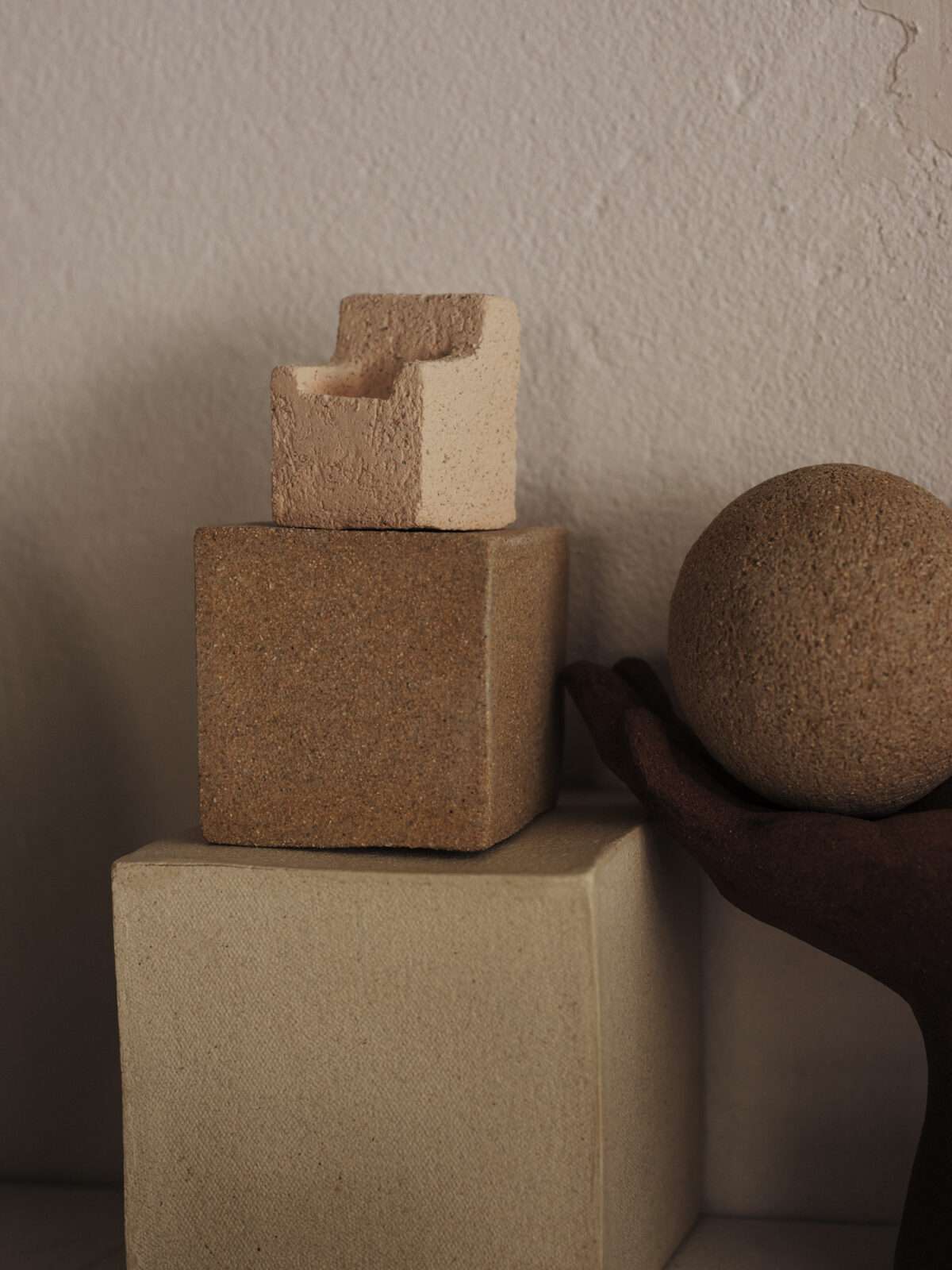
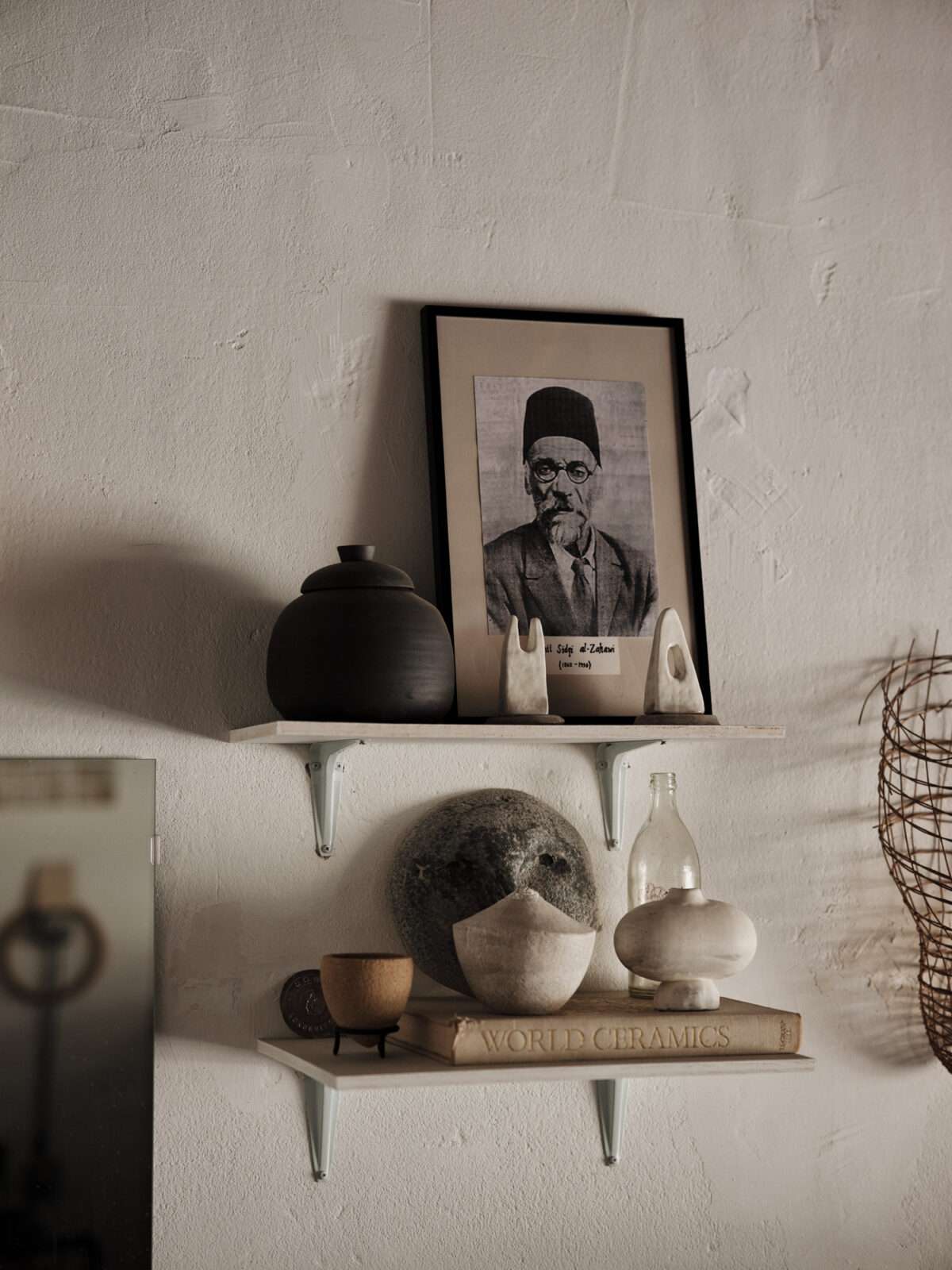
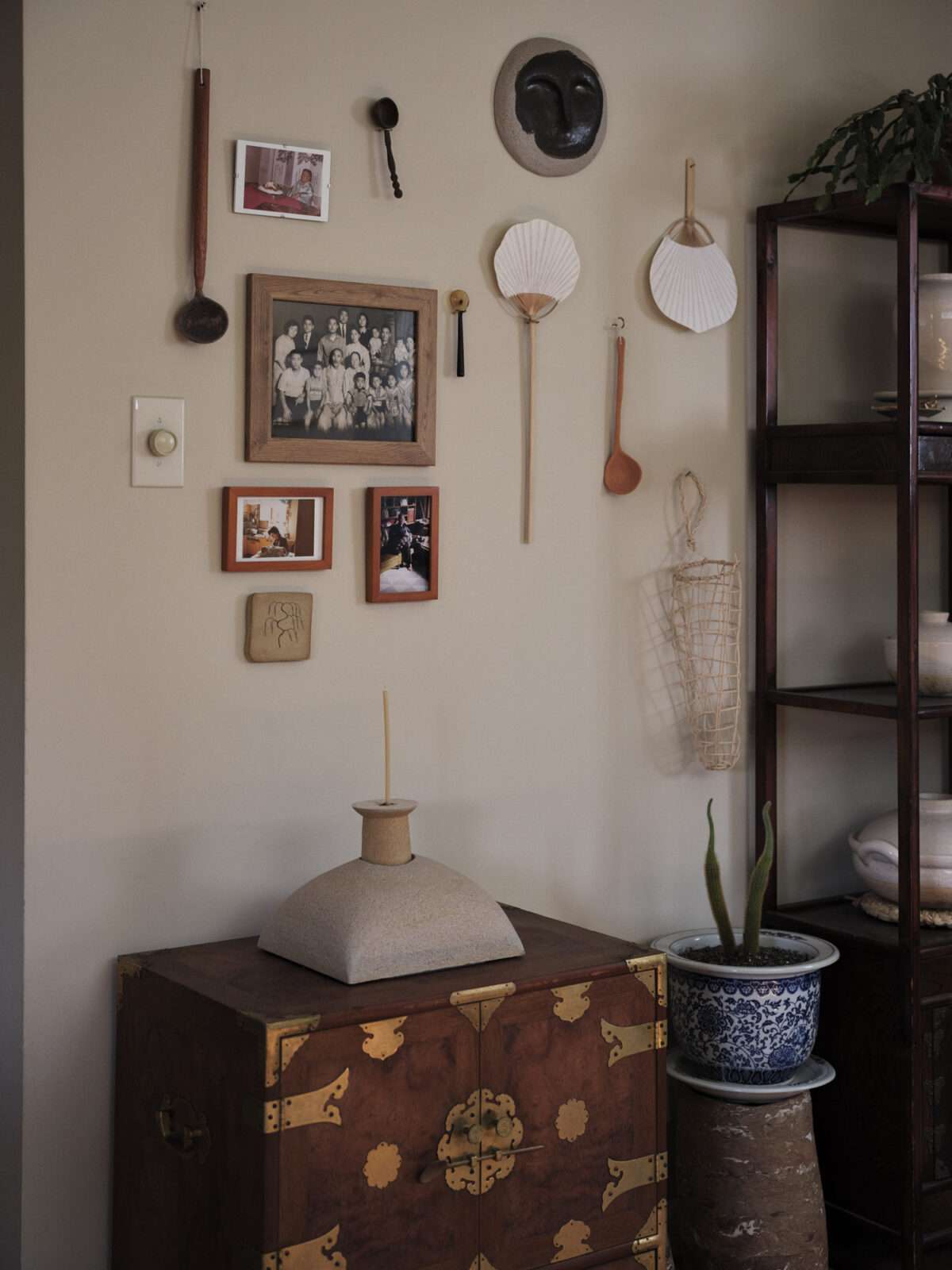
“A few months ago, Rich asked if I would like to contribute to his new show at The Cold Press. He described the photographs he was working on as ‘intimate’. He wanted to capture the emotional aspect of historically significant homes. With that as a starting point, I then studied images of the gallery, which once functioned as a home and artist’s studio. It’s a building that has been inhabited by many people and has lived many lives – and that inspired the work I made for the exhibition.
“I’ve created three pieces: a series of glazed ceramic tiles; a group of small sculptural chairs modelled on burial objects; and a low, upholstered ceramic stool. The tiles are made from strong textural clay, because I wanted to reference strong building materials. Some of the tiles have faint paintings on them, others have a layered glaze.
“The application of the glaze became really important. I researched the history of the weaving industry in Spitalfields and started to think about the people that might have lived there. I painted the glaze on to a handmade hemp scroll, which I then imprinted on to the surface of the tiles. The glazes have a tactile quality, as you can see the woven texture of the fabric on the surface of the tile.
“I’m really curious to see how these pieces will work with Rich’s images in the space. And I’m always intrigued to know how viewers will respond. I sometimes feel very emotional when I’m making and I hope that those seeing this body of work will have some sort of emotional response to it themselves. That would make me very happy.”
